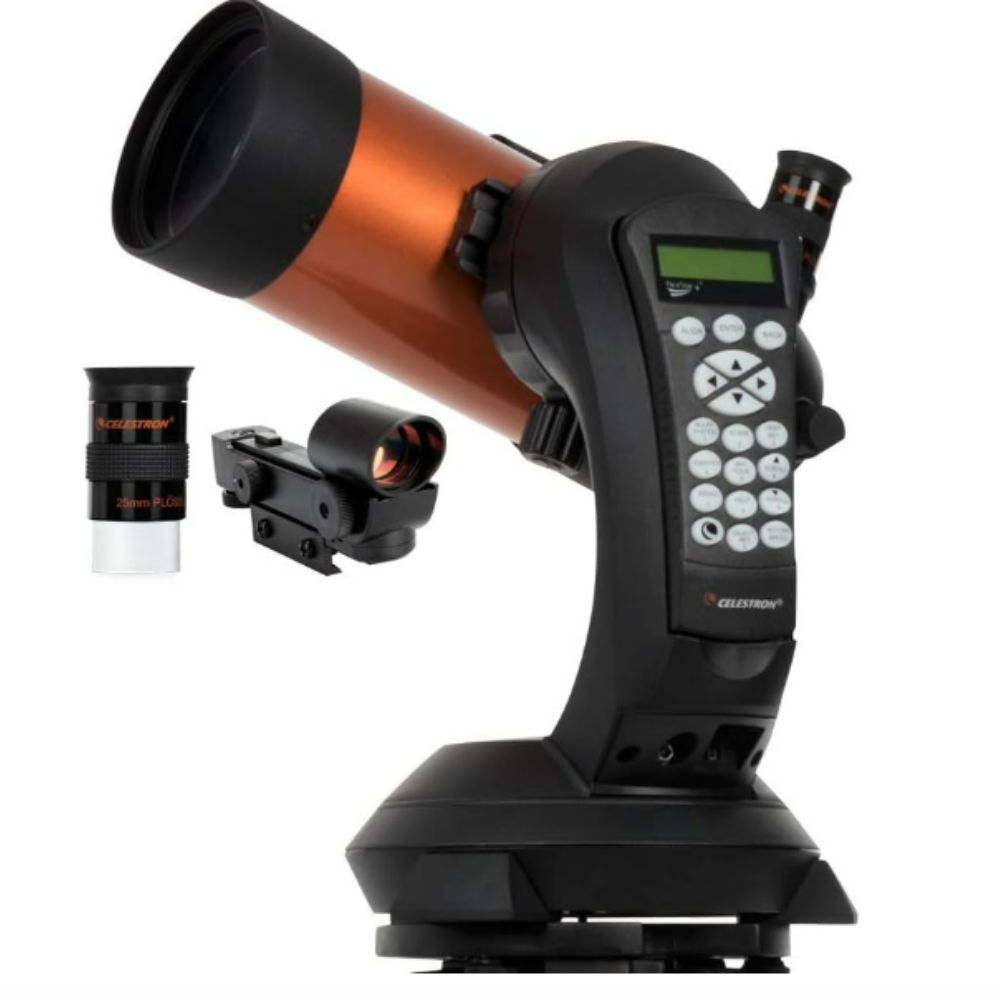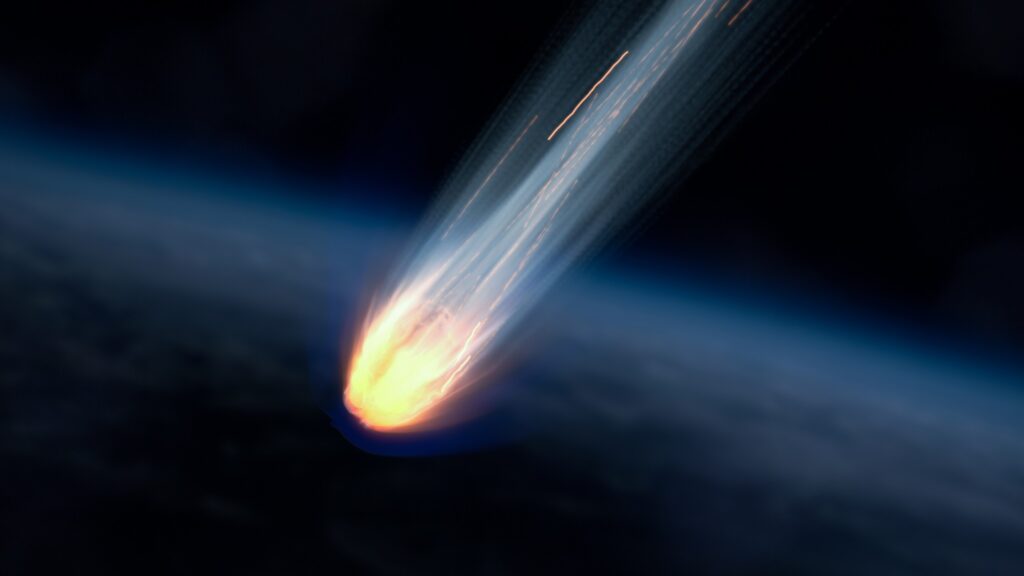A model of the Mariner-C spacecraft at the National Aeronautics and Space Administration (NASA) Lewis Research Center for a June 1964 Conference on New Technology. Mariner-C and Mariner-D were identical spacecraft designed by the Jet Propulsion Laboratory to flyby Mars and photograph the Martian surface. Mariner-C was launched on November 4, 1964, but the payload shroud did not jettison properly and the spacecraft’s battery power did not function. The mission ended unsuccessfully two days later. Mariner-D was launched as designed on November 28, 1964 and became the first successful mission to Mars. It was the first time a planet was photographed from space. Mariner-D’s 21 photographs revealed an inhospitable and barren landscape. The two Mariner spacecraft were launched by Atlas-Agena-D rockets. Lewis had taken over management of the Agena Program in October 1962. There had been five failures and two partial failures in the 17 Agena launches before being taken over by NASA Lewis. Lewis, however, oversaw 28 successful Agena missions between 1962 and 1968, including several Rangers and the Mariner Venus ’67.
Related posts
-

Venus is at its farthest from the sun on June 1: Here’s how to see the bright ‘morning star’ this weekend
Venus reaches its point of greatest western elongation on June 1, at which time the dazzling... -

Watch a brilliant ‘fireball’ meteor explode over China on May 28 (video)
Residents of Maoming, China were treated to a celestial light show earlier this week when a... -

This Week In Space podcast: Episode 163 — The Trials of Starship
The Trials of Starship – Starship Flight Test 9 – YouTube Watch On On Episode 163...